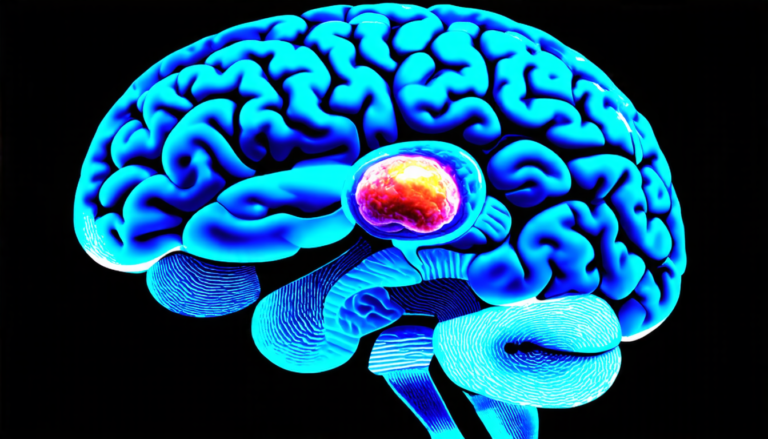Tuesday 23 September 2025
The Mars Science Helicopter, a futuristic flying robot designed to explore the Red Planet’s surface, has just gotten a major upgrade in its autonomous capabilities. The new system, developed by researchers at ETH Zurich and NASA’s Jet Propulsion Laboratory, is a hybrid of two popular programming frameworks: finite state machines (FSMs) and behavior trees (BTs). This fusion allows the helicopter to make decisions on the fly, adapting to changing situations and unexpected events without human intervention.
The Mars Science Helicopter is designed for long-range science missions, navigating treacherous Martian terrain and performing real-time scientific tasks. But with communication delays between Earth and Mars of up to 20 minutes, it’s crucial that the helicopter can operate independently. The new autonomy framework ensures this by integrating FSMs, which provide a structured approach to decision-making, with BTs, which offer flexibility and reactivity.
In simulations and field tests, the system has proven itself capable of handling a range of scenarios, from unexpected battery drain to changes in terrain conditions. It can even trigger emergency landings if necessary. The helicopter’s ability to adapt on the fly is crucial for its mission success, as it may encounter unexpected obstacles or hazards during its flights.
The new autonomy framework is not only limited to the Mars Science Helicopter; it has broader applications across various robotic and aerospace fields. Its modular design makes it easy to integrate with different algorithms and hardware platforms, making it a versatile tool for developers.
One of the key strengths of this system lies in its deterministic decision-making architecture. This means that the helicopter’s behavior is predictable and reliable, reducing the risk of unexpected events or errors. The framework also allows for robust checks to ensure that the helicopter terminates in a valid final state, further improving predictability and stability.
The development of this autonomy framework marks an important milestone in the field of robotics and aerospace engineering. It showcases the potential for complex systems to be designed with adaptability and reactivity in mind, enabling them to operate effectively in dynamic environments. As we continue to push the boundaries of space exploration and robotic technology, such innovations will play a vital role in ensuring the success of our missions.
Cite this article: “Autonomous Upgrade for Mars Science Helicopter Enhances Robotic Capabilities”, The Science Archive, 2025.
Mars Science Helicopter, Autonomous Capabilities, Finite State Machines, Behavior Trees, Hybrid System, Robotic Technology, Space Exploration, Nasa, Jet Propulsion Laboratory, Eth Zurich.







